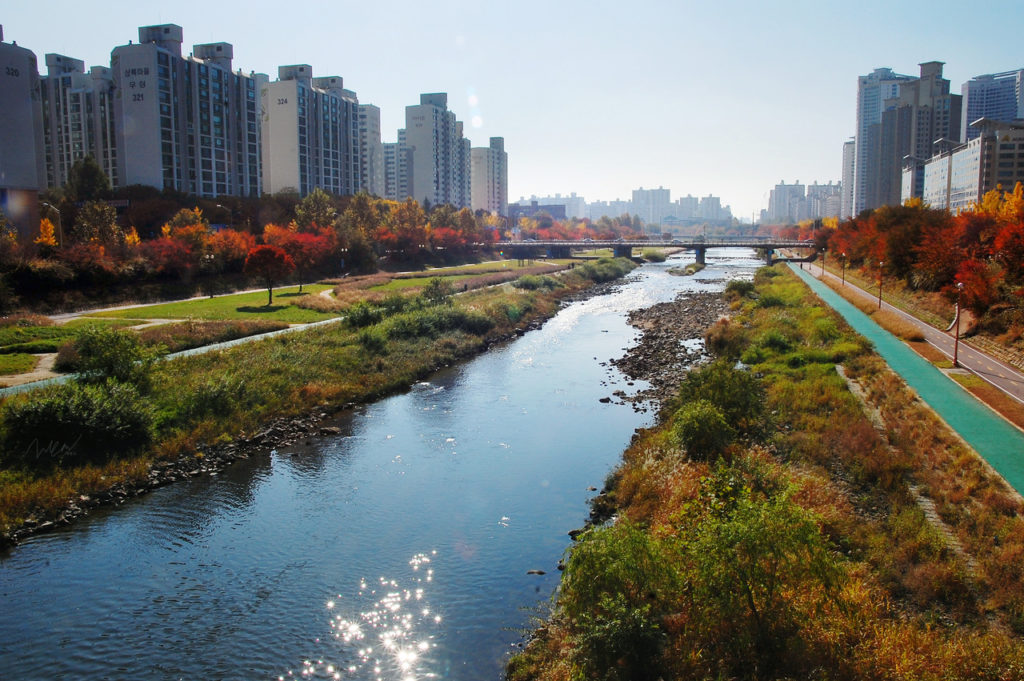The Peninsula
Basic Income Idea Gains a Foothold in Korea

This briefing comes from Korea View, a weekly newsletter published by the Korea Economic Institute. Korea View aims to cover developments that reveal trends on the Korean Peninsula but receive little attention in the United States. If you would like to sign up, please find the online form here.
What Happened
- Gyeonggi Province began evaluating its basic income experiment that it started in April.
- Other jurisdictions are following suit: Haenam county in South Jeolla started a program for farmers, and North and South Jeolla will implement similar programs in 2020.
- In a survey conducted by the Korea Institute for Health and Social Sciences, 85.4% of respondents agreed that the income gap in Korea is wide and 55% believed it was the government’s responsibility to narrow the income gap.
Implications: The interest in Gyeonggi province’s basic income experiment underscores the growing concern among average people around the high cost of living. Reflecting the public interest, officials will push for additional experiments on different regions and targeted demographic groups. At the same time, criticism of the basic income may increase, mobilizing the support of stakeholders who want to reserve state resources for only the most vulnerable groups.
Looking ahead, these experiments may also act as testing grounds for related policy proposals in the 2022 elections; for example, different ways to fund basic income systems (eg. taxing real estate). Notably, Gyeonggi and North and South Jeolla provinces are traditional strongholds of the ruling Minjoo party.
Context: In 2018, Gyeonggi Governor Lee Jae-Myung (then mayor of Seongnam) launched the Youth Basic Income program. It provided 24 year-olds who have lived in Gyeonggi Province (Korea’s most populous) for three years, or a total of 10 years, a quarterly income of 250,000 won. The money is unconditional. In a country where most social welfare is income-based, the public is still becoming accustomed to the concept of a basic income. Gyeonggi officials are gathering data and asking recipients about how the program impacts their daily lives and job prospects. Haenam County in South Jeolla province also provides its 15,000-person residents with a basic income of 50,000 won per month (~$50).
Korea View is edited by Yong Kwon with the help of Yea Ji Nam, Steven Lim, Haeju Lee, Stephen Eun, and Emily Gibson.
Picture by Hikaru arai from Wikimedia Commons
